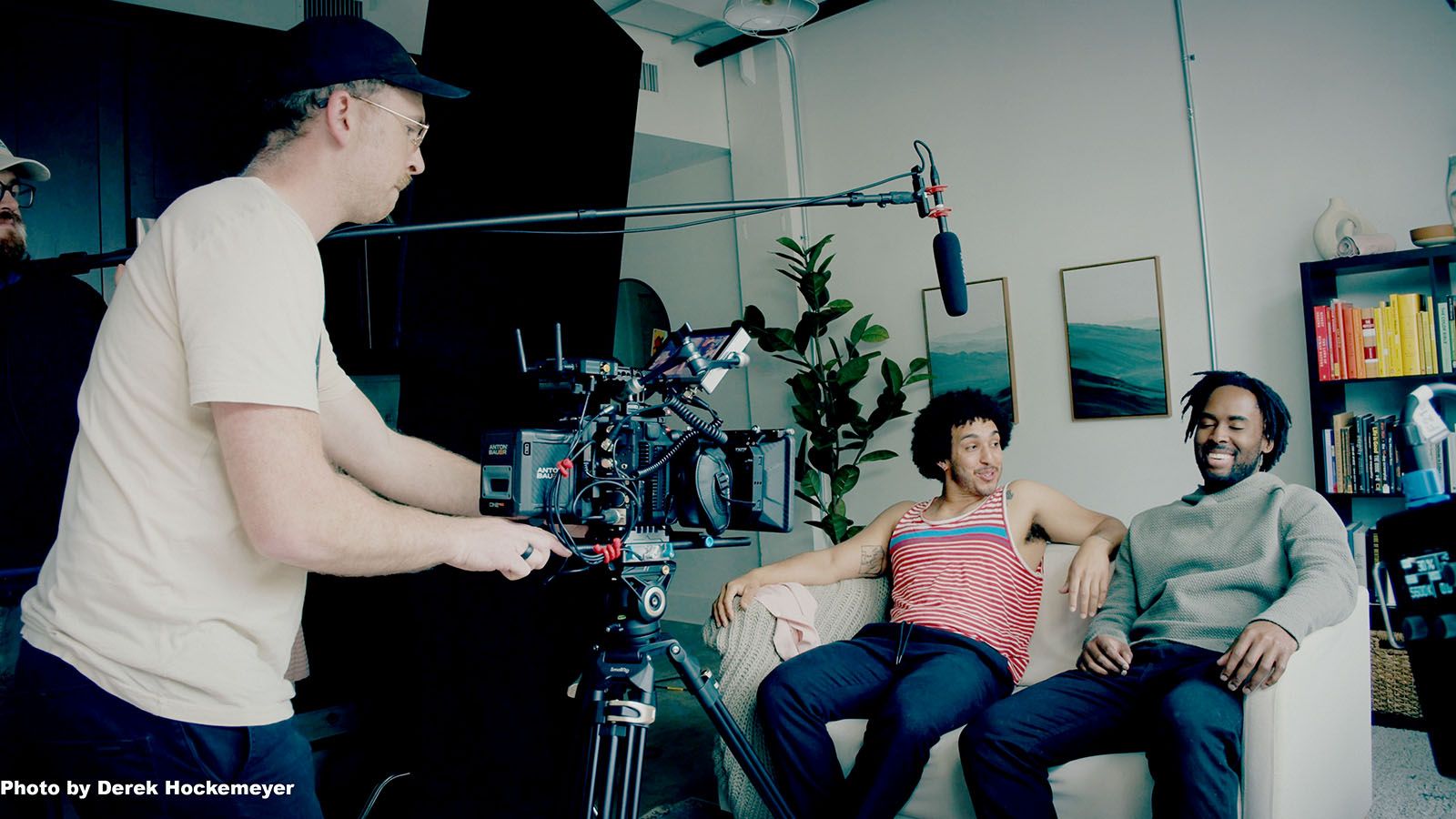David Sedaris’ stories have been entertaining readers for decades.
In a career spanning nearly four decades, he has written best-selling books, written essays and short stories for The New Yorker, worked on several plays with his sister, Amy Sedaris, and been nominated for five Grammys.
However, when he stops at Embassy Theatre on Tuesday, April 15, amid his Happy Go Lucky tour, he would prefer to avoid the term “storyteller.” No, he puts far too much work into his craft to be painted with that broad of a brush.
“I don’t like it when someone will call me a storyteller,” Sedaris said in an interview with Whatzup. “I guess I don’t like that because I feel like, gosh, I worked so hard to get the words in order.
“It’s a wording thing. Often, I think that’s kind of like a joke thing. Like, ‘How do I get a bigger laugh when I put “he said” at the beginning of that sentence instead of when I put “he said” at the end of that sentence.’ ”
David Sedaris
7:30 p.m. Saturday, April 15
Embassy Theatre
125 W. Jefferson Blvd., Fort Wayne
$35-$65 · (260) 424-6287
Road to writer
Born in New York, the Sedaris family, which included six children, moved to Raleigh, North Carolina, when David was young.
Sedaris went on to attend West Carolina University, before Kent State University. He would go on to graduate from the School of the Art Institute of Chicago in 1987.
It was in Chicago that Sedaris was discovered by radio host Ira Glass while reading excerpts from a diary of his.
Soon, Sedaris was a regular on his radio show. That led to him publishing books and collections of his essays.
In 1994, Barrel Fever: Stories and Essays, was his first entry into the best-sellers list.
Since then, the stories, and his name recognition, have only grown.
On the hunt for stories
Often described as using self-deprecating humor, Sedaris shares stories on his life, family, and whatever he may encounter along the way in his writings. And for someone that always has his antennae up, ideas for stories are always on his radar, particularly when on tour.
When describing this dynamic, it was captivating to learn Sedaris actively has to turn on parts of his brain to remember certain things, while the creative part of his brain is an open channel.
“When I go on a tour, I have to turn the part of my brain on that remembers people’s names,” he said. “Like, all of a sudden you’re being introduced to a lot of people and you’re not paying attention, and then you just forget their name. You have to turn on the part of your brain that says, ‘Oh, right. Mike. I’ll remember that because, you know, he helped with the microphone.’ You have to have that part of your brain turned on. But the part of my brain that’s looking for stories, it’s just looking for something absurd or something that’s funny, that’s never turned off.”
And many times those stories stem from casual interactions.
“I never learned to drive a car, so when I go on tour, somebody picks me up at the airport and whatnot,” Sedaris said. “So, I had a driver in Los Angeles last week, and I was asking him if he’d had any difficult people lately. He told me he had a couple that was drunk and was so rude to him that he pulled over and let them out. And they were guests on a television show that I had appeared on.
“I was dying to know who he was talking about, but I sensed that he was more discreet. And I said, ‘Uh, who else?’ And he said he had a guy in his car that wouldn’t stop farting. He said something, and the guy said, ‘Well, I can’t help it.’ So, he pulled over and he said to the guy, ‘You just have to get out of my car.’ And I told him I had a driver, I don’t know, 10 years ago, and I got into the car and the guy farted. And instead of rolling the window down, he turned the air conditioner up.”
tinkering
Once the seeds are planted, it’s then up to Sedaris to carefully tend to them.
“I only have, like, three new essays for this new tour, and they’re all kind of shaky,” he said. “So, what I do is I go and I’ll read something out loud and then go back to the room and rewrite it and read it and rewrite it.
“So, there was one story I wrote about going to Fiji, and I had four shows in Hawaii in February. So, every night, I read a radically different version of it. I’d read it out loud, and, you know, I realized after the first time I read it that most people can’t relate to going to a resort on Fiji, but they can relate to feeling out of place, to feeling disappointed with a vacation, and just feeling uncomfortable. So, I had just shifted the focus.”
Along with shifting focus, he will also read audiences to gauge their reactions to his essays.
“I’m just always trying a story out and then thinking, ‘OK, how can I get a better reaction? What if I start it two lines later? Or do I need that set up? Or what happens if I, uh, leave this person out of the equation?’ ” he said.
Interacting with fans
With his ever-evolving tinkering, it’s pretty likely that his stop at The Embassy will feature a show he’s never done before.
“It’ll all be new material,” he said. “Either things that maybe were in The New Yorker since my last book came out, but, hopefully, it’ll all be these new essays that I mentioned.
“I mean, I’ll still change them every single night, but try a different word here, try a different word there, you know, add a joke.”
Before and after the performance, fans will also have the opportunity to meet with him and have a book signed.
“I really enjoy the book signings,” he said. “I know authors who don’t, but then I’ll watch them signing books, and they just take the books from your hand and they write their name in it and hand it back. They’re not putting anything into it, so they’re not getting anything out of it.”
Instead of doing that, Sedaris enjoys interacting with fans. And who knows? Maybe you’ll see something you mentioned to him in one of his future writings.
“I’m always hoping something happens,” he said about unearthing a story idea while traveling the country. “But because so much of my time is spent traveling, a lot of it is just talking to people at book signings. Sometimes somebody will tell me something, and that can either go into an essay or it can lead to an essay. That happens quite often.”
 Submit Your Event
Submit Your Event




